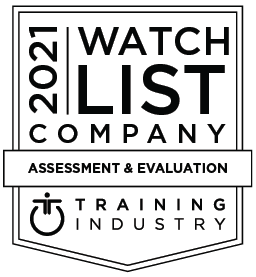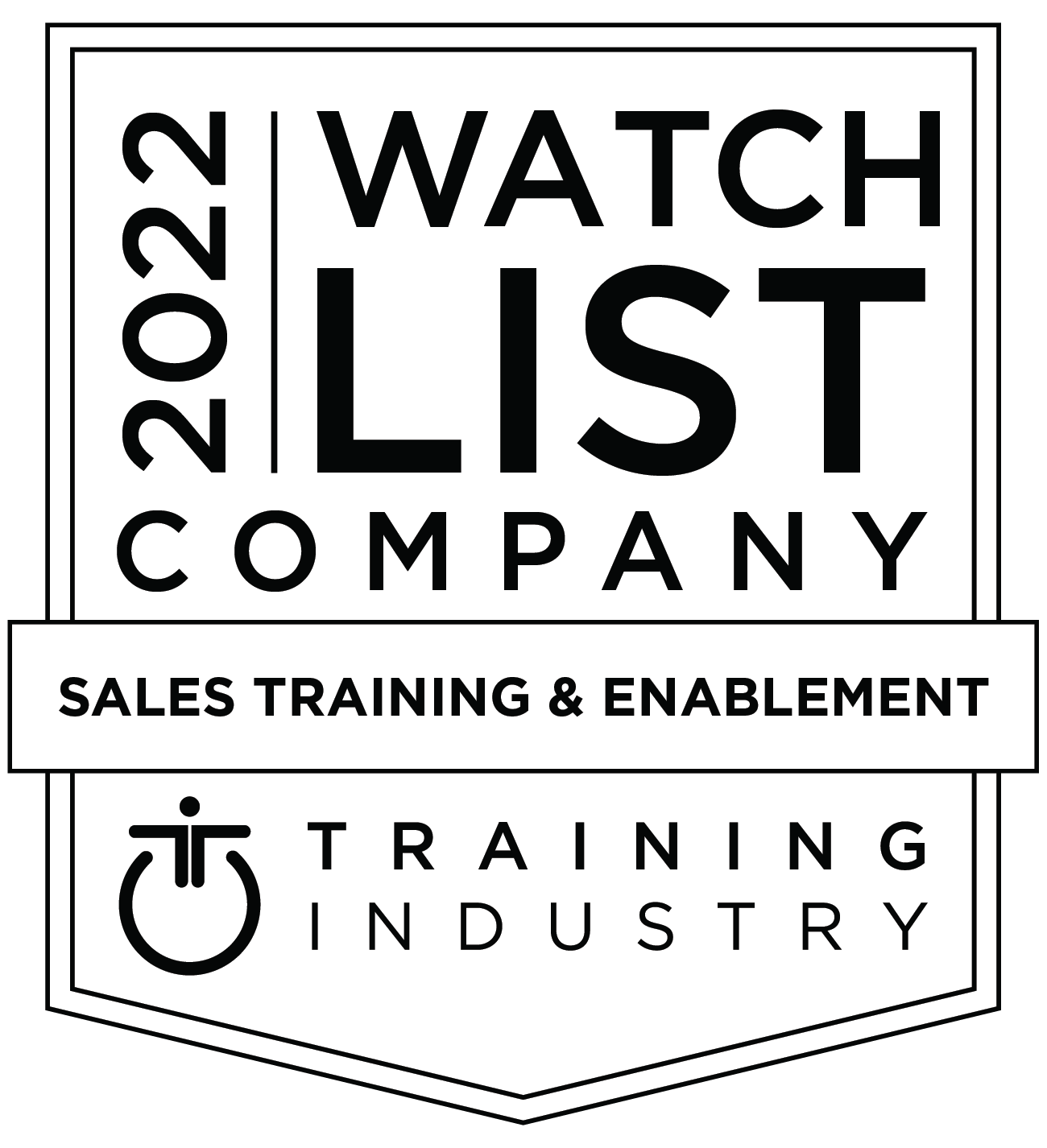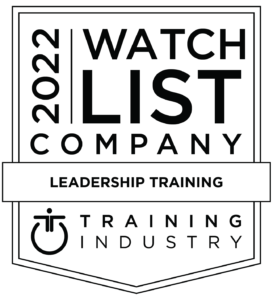What do business meetings and parole board meetings have in common? Poorly run meetings are a tremendous waste of time and money, as I’ve pointed out in the past. Yet, there’s an even more troubling — and often hidden — cost to mismanaged meetings: bad business decisions.
The truth is, meetings are where important business decisions get made. Yet, weak communication of critical information leads to costly decision-making pitfalls, like:
- Unnecessary delays in making important decisions.
- Poor quality decisions based on a misunderstanding of the situation.
- Project failures resulting from poor resource allocation decisions.
Surprisingly, research on parole board decision-making highlights a major factor contributing to poor decision-making.It turns out that similarly profiled inmates serving the same sentences for the same crimes are much more likely to win their freedom during a morning parole board meeting, rather than one held in the afternoon.1
Why?
It’s due to a phenomenon that any busy professional understands: “decision fatigue.”
According to a New York Times article on research conducted by University of Minnesota psychologist Kathleen Vohs:
“We all have a finite amount of what they call ‘executive’ resources — the cognitive ability to process information and make decisions.(Presumably, what you’re supposed to do in all those meetings you’re in.) Vohs and other neuroscientists found that those resources are rapidly depleted in meetings, and once that happens, there’s nothing left to give. Too many meetings is literally draining the productivity out of your brain.”
It’s not surprising, then, that people often find meetings tedious and tiring. In one study, 39% of respondents even admitted to dozing off during meetings.2
Meeting attendees suffer from decision fatigue, just like parole board officers. The consequence? Decision quality suffers.
That means if you want to improve decision quality and your company’s Return on Meeting Time, you have to help people avoid decision fatigue.
What Works: Three Proven Ideas Here are three proven approaches to helping meeting leaders and participants overcome decision fatigue:
(1) Structure and simplify information transfer.
Too many meetings suffer from a focus on data-rich, PowerPoint-driven discussion — rather than on making decisions.
Too much information and discussion overwhelms people. Fight back against decision fatigue by simplifying meeting communications and focusing them intensely on the decision(s) at hand.
(2) Start with the problem, not the solution.
Much of the tiring “wheel spinning” that happens in meetings is a result of prematurely debating solutions before reaching agreement on the nature and scope of the problem.
This results in undue mental toil and suboptimal decisions.
A better approach? Begin meeting deliberations by quickly focusing on the situation at hand.
Outline the complicating factors and the implications of not addressing those factors. This gets everyone on the same page as to what the challenge is and what’s at stake if you don’t address it.
(3) Share your recommendations early.
Many people mistakenly believe that presenting a detailed, step-by-step “case” concluding with a dramatically presented solution gets the best results.
Unfortunately, this approach leads to mental fatigue for participants. And, your chances of losing someone’s attention — before you get to the grist of your proposal — skyrocket.
A better approach? Give participants and decision-makers an early preview of your recommendations.
Then, provide support for those recommendations throughout the meeting, rather than waiting to spring the solution on them in a dramatic ending.
If you wait until the end to make your proposal, you’ll have likely lost the attention of fatigued decision makers.
Helping your team fight decision fatigue is key to improving your company’s productivity and Return on Meeting Time.By implementing any one (or all three) of the above recommendations, you and your team should see a marked improvement in meeting quality, but especially in the outcomes of those meetings.
If you’re unsure of how to go about implementing these ideas, I encourage you to learn more about the Mandel BLUEPRINT®.
The BLUEPRINT is a repeatable, step-by-step communications framework that helps people organize their thoughts and then present them in clearer, more concise, and persuasive ways, to drive better decision-making.
Sources:










